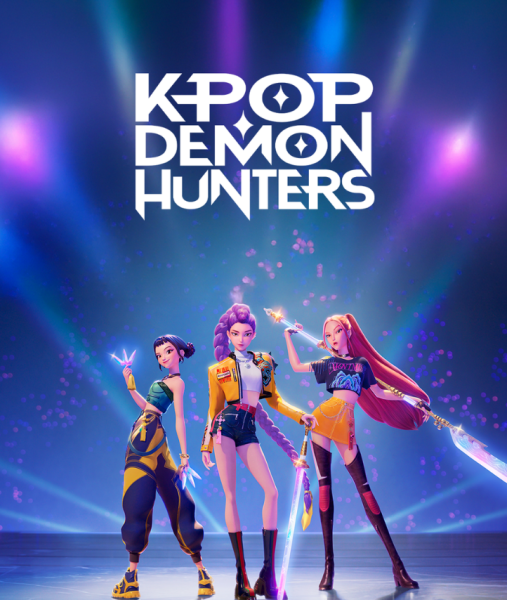Publishing During the Pandemic
Publishing a book is, believe or not, an extremely social activity. Would-be authors often speak with prospective agents over lunch, and agents scout potential publishers at parties. For these reasons, book publishing has taken a hard hit during the COVID-19 pandemic.
According to Jordan Pavlin, an editorial director, the process of publishing is an “industry based on personal passions” and begins with the authors. These authors have often labored over their manuscript for numerous years, which makes each word near and dear to their hearts. Because of this, finding the right editor and agent is crucial because they must deeply understand the author and build a rapport, hence why they often become lifelong friends. This bond can only be formed by countless meetings and shared experiences that take place over years, where both parties are slowly learning each other’s tastes and styles. “It would be harder,” said Ms. Pavlin, “[to] create that bond without going for drinks and spending the time…to build lasting relationships.” Impersonal interaction over Zoom just doesn’t cut it.
Once the perfect editor and agent have been found, discussions about the manuscript must take place. Authors are often extremely proud of their precious work, and editors need to tread carefully when the subject of revisions comes up. These potentially offensive conversations can’t take place via email or any written method, where it’s difficult to ascertain an editor’s tone. Zoom, with its cameras, allows participants to read each other’s facial expressions. However, most of the body is still hidden. This eliminates body language as a way to read the room and decide what to say.
Finally, once the manuscript has been deemed ready, there’s the problem of art. Even chapter books need beautiful, eye-catching covers to stand apart from the rest. For this purpose, design teams use high-quality technology to portray exactly how a printed version will look. The rooms they work in are painted dark gray to reflect the light perfectly and showcase the art. However, designers collaborating from home simply don’t have access to these resources and are forced to work with what they have on hand. Dave Caplan, creative director at Little, Brown Books for Young Readers, has taken over his sons’ bedroom because of the skylight. Even so, it’s a far cry from the expensive materials he uses at the office. The only perk he’s found so far is that his young sons are able to give feedback and tell him what they like. “Everybody’s an art director,” he said.
After an agreed-upon design comes the actual printing itself. In late spring, when the US was first hit by COVID-19, many publishers made the decision to push new releases to autumn. They hoped that life would return to normal around September. However, they were wrong. Now, with postponed books crashing into pre-planned fall releases, this year has one of the busiest fall publishing seasons recorded. It all adds up to an unexpected new problem: how to print all the books.
The two major printing companies in the US, Quad and LSC Communications, had already been having financial troubles before COVID-19 hit. These issues have only been exacerbated by the pandemic. LSC filed bankruptcy in April, citing the steep decline in educational textbooks since school is now being held online. Quad is also facing trouble: three printing plants had to be temporarily shut down. This means that while the capacity to print has decreased, demand has only gone up.
Online books seem to be the answer, but they are not. Demand for physical, printed books has skyrocketed, forcing publishers and printers to try and figure out how to meet the demand. A spokeswoman for debut author Ellen Alpsten described it as a “domino effect” as more and more books are being pushed back yet again. Furthermore, already-struggling bookstores may lose customers when shipped books from the printers don’t arrive on time. “It’s lose-lose,” said Dennis Johnson, co-publisher at Melville House. “The delay can really be devastating to the book’s chances.”
Grade: 10
Years on Staff: 0
Why are you writing for the Flintridge Press?
I'm writing for the Press because I want to discuss less well-known...








